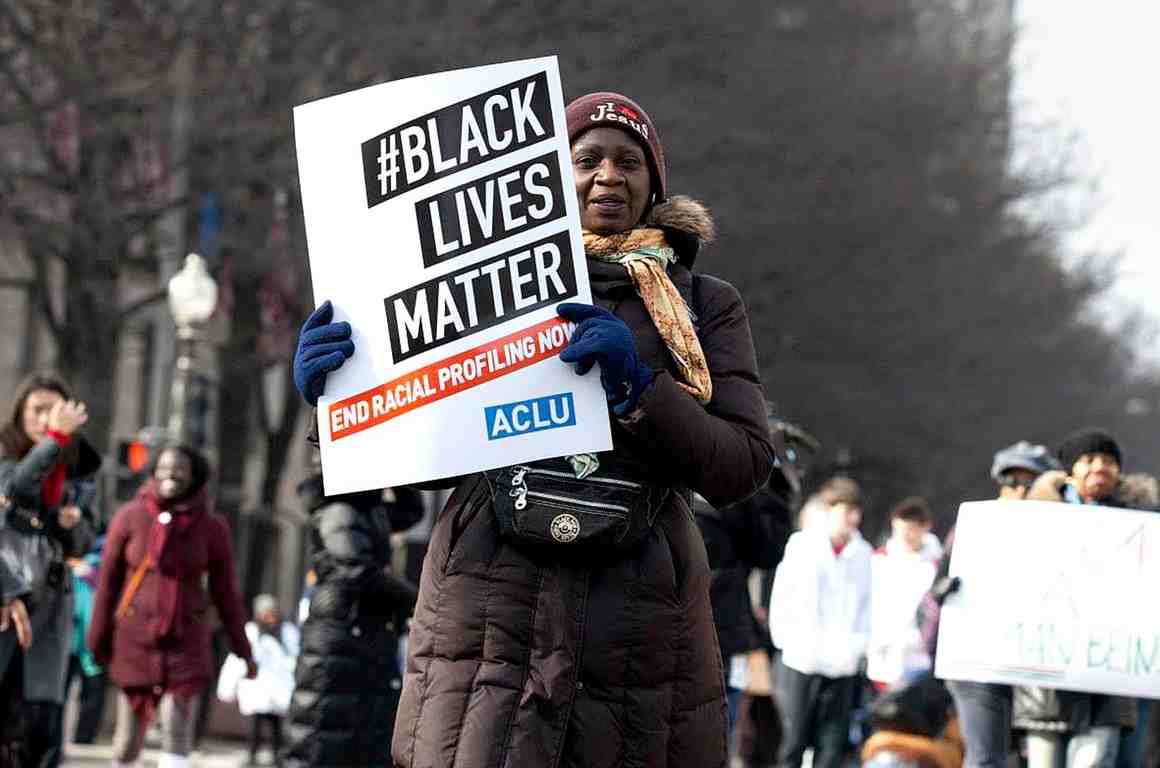Nusrat Choudhury | ACLU | August 4, 2015
According to documents recently obtained by The Intercept in response to a Freedom of Information Act (FOIA) request, the government is surveilling the #BlackLivesMatter movement.
Records from the Department of Homeland Security’s Office of Operations Coordination show that since August 2014, DHS officials have been trolling public social media accounts, including Facebook, Twitter, and Vine, to map and collect information on #BlackLivesMatter protests –and supposedly related events. Targeted activities include silent vigils held across the country following the death of Michael Brown in Ferguson, an anti-police brutality protest in Philadelphia, and an April 2015 #BlackLivesMatter protest in Washington D.C. The documents even show a plan to gather information on a funk music parade in a historically Black neighborhood in the nation’s capital.
Perhaps most troubling are the Google maps and live updates tracking, minute-by-minute, the movements of participants in an April 2015 #BlackLivesMatter protest in Washington, D.C. A DHS email released to the Intercept confirms that on the day before the event, several DHS officials were aware of a Federal Bureau of Investigation joint intelligence bulletin characterizing the protest as a “First Amendment-protected event,” and noting that there was “no information suggesting that violent behavior is planned for Washington, DC.”


 mail exchanges between CIA public affairs officers and Ken Dilanian, now an Associated Press intelligence reporter who previously covered the CIA for the Times, show that Dilanian enjoyed a closely collaborative relationship with the agency, explicitly promising positive news coverage and sometimes sending the press office entire story drafts for review prior to publication. In at least one instance, the CIA’s reaction appears to have led to significant changes in the story that was eventually published in the Times.
mail exchanges between CIA public affairs officers and Ken Dilanian, now an Associated Press intelligence reporter who previously covered the CIA for the Times, show that Dilanian enjoyed a closely collaborative relationship with the agency, explicitly promising positive news coverage and sometimes sending the press office entire story drafts for review prior to publication. In at least one instance, the CIA’s reaction appears to have led to significant changes in the story that was eventually published in the Times.